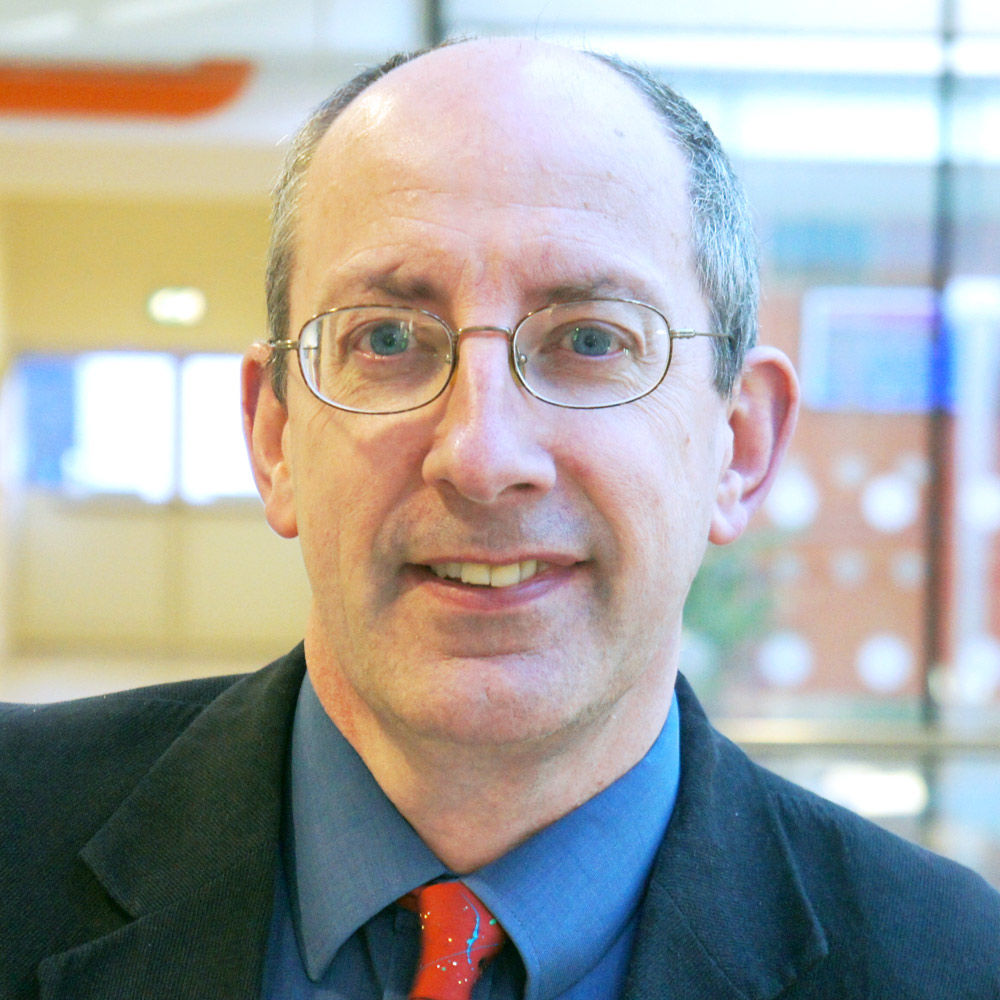Since its foundation the University has been committed to inclusivity, to being a global community and to championing human rights. Professor Geoff Gilbert of the School of Law is a former Editor-in-Chief of the International Journal of Refugee Law who has worked with, and advised the office of the United Nations High Commissioner for Refugees (UNHCR). Here he considers the status of refugees and how we can strengthen the protection afforded to vulnerable people across the globe.
The history of human life on earth is one of migration, from homo sapiens first appearance in the Rift Valley about 200,000 years ago to its occupation of every conceivable living space on the planet today. Throughout those millennia, a primary motivation for movement has been to seek a better life and that aspect of human nature has not changed in the intervening years. So why are refugees accorded a special status and how should governments respond to the massive increase in human movement seen in the last few years?
Current figures suggest that there are around 65.8 million individuals of concern to the United Nations High Commissioner for Refugees (UNHCR). However, not all of those persons are refugees, maybe less than one-third. All have been forcibly displaced in some way, although it does not include all forcibly displaced persons: those who have had to move due to global warming and climate change, whether sudden- or slow-onset, an additional 15 million or so, do not fall within the mandate of UNHCR, even in its extended form. There is a need to address this growing number of persons who have had to migrate, but, as the Nansen Initiative has made clear, a special regime is required. UNHCR deals with forcible displacement where there is some human intervention.
Refugees and other forcibly displaced persons of concern
The 1951 Convention relating to the status of Refugees provides the international framework for the protection of refugees, that is, persons who have a well-founded fear of persecution for any of five specified grounds and, who are outside their country of nationality and who are unable or unwilling to avail themselves of the protection of that country (or, if stateless, their country of habitual residence). Refugee status is, and always has been, temporary.
According to Article 1C.5, refugee status ceases if circumstances in their country of nationality change such that they can no longer claim the need for protection. At that point, a refugee can be returned: before that, the principle on non-refoulement in Article 33.1 prevents return, a principle that international law imposes on all states, not just parties to the 1951 Convention.
Moreover, because a refugee cannot avail themselves of the protection of their country of nationality, UNHCR has been given the unique mandate of providing international protection under its 1950 Statute. That mandate also extends to asylum seekers, those persons seeking refugee status who are still awaiting a final determination. UNHCR’s protection mandate also covers, though, conflict driven internally displaced persons.
Protection and solutions
Whether an individual has been forcibly displaced across an international border or is still within the borders of their country of nationality or habitual residence, they require protection, most obviously from return, but also where they now find themselves. That can best be achieved through registration and documentation which then provide the gateway to other rights.
Given that the modal average time spent as a displaced person is around twenty years, the refugee, asylum seeker or an internally-displaced person will need access to education, employment, health care and legal services, all rights provided for in the 1951 Convention or in the 1998 Guiding Principles on Internal Displacement.
If allowed access to schools and universities or the job market, that better enables the displaced person to be ready to voluntarily repatriate or return, to locally integrate into the community where they now find themselves or to be resettled in a third country or elsewhere in their own state. Ongoing solutions facilitate durable and sustainable solutions. To further this objective, the UN’s development actors need to be involved from the outset of the displacement to incorporate displaced persons within the state’s planning.
What about the rest?
The Statutory mandate lays down that the High Commissioner’s role shall be non-political and humanitarian. S/he shall liaise with the Secretary-General, but the High Commissioner is not part of the UN Secretariat, unlike the High Commissioner for Human Rights, for instance. There are positive and negative consequences, with options for fresh developments that would enhance refugee protection and that of all other migrants.
UNHCR sits in Geneva, which maintains the High Commissioner’s non-political character and independence. However, it also means that displaced persons are not at the forefront of the thinking and planning of the Secretary-General, the General Assembly, the Security Council and the UN organs that sit in New York.
The position has improved, but there are still gaps. And even if the High Commissioner were to be fully integrated, as was stated at the outset, that would still leave 15 million people displaced by global warming and climate change outside the system and all the other migrants who were not forcibly displaced at all – people being trafficked, people simply seeking a better life.
There are special regimes for refugees and internally-displaced people that need to be preserved, and the High Commissioner for Refugees has that mandate, but a Special Adviser on Human Movement sitting in the Secretariat, keeping displacement at the forefront of New York thinking and planning and liaising directly with UNHCR so that its voice does not go unheard, provides one way of responding to current developments without undermining existing protection regimes.
Professor Geoff Gilbert, School of Law.
